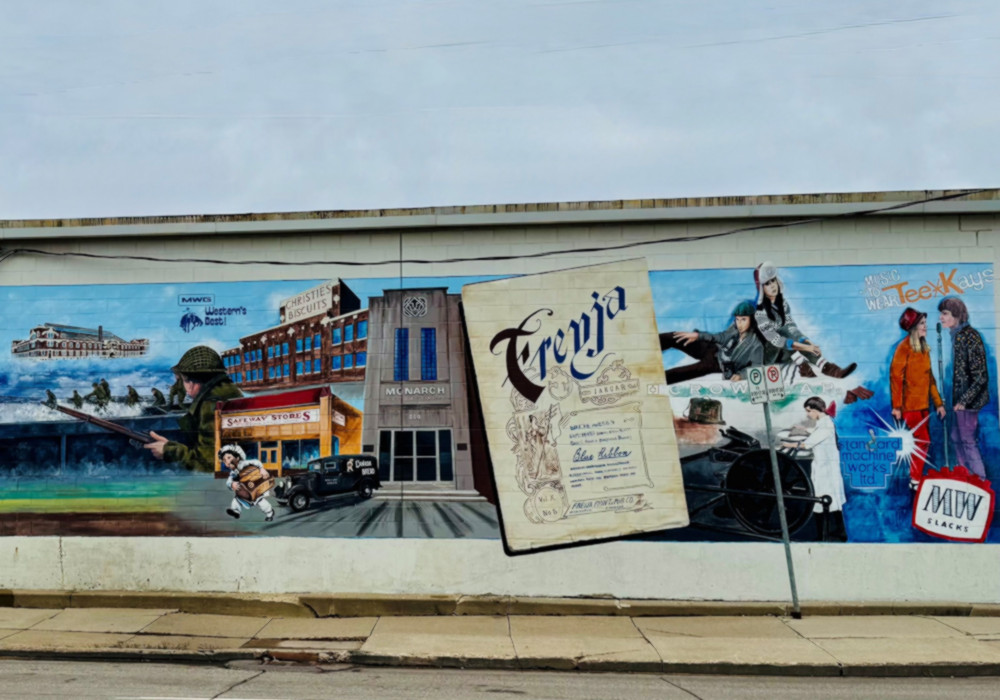The harshness and sheer remoteness of the Klondike failed to deter prospectors in their quest to reach the announced fabulous goldfields of the region in 1897. Lured by any development connected with mineral resources, the CPR used coastal steamers to run up to Alaska in an effort to ship the thousands of men in need of transport to the north. In addition, the CPR began construction of sternwheelers at Vancouver to eventually run on the Stikine River. Fresh off their vigorous boat-building engagements in the Kootenay, Captain Troupe and Thomas Bulger were called upon to oversee the construction of several sternwheelers. Two of these vessels – the Minto and Moyie – were nearly identical. Before construction reached a critical point, the gold rush had calmed, and the CPR decided not to proceed with the project. Instead, the prefabricated parts of the ships were sent to Nakusp and Nelson respectively.
The Minto, launched on November 19, 1898 at the Nakusp shipyard, became part of a fleet that included the Rossland, Kootenay, Trail, Lytton, and the Illecillewaet. Industrial activities such as mining, forestry, shipbuilding, and railway construction, along with agricultural potential, made the Arrow Lakes at this time a vibrant and exciting place to live.
The life of most sternwheelers is not usually a long one. Being made of wood, they required heavy maintenance, and conditions where the ice-locked lake had to be overcome every winter took its toll. The Minto was unique because she ran the Arrow Lakes from 1898 to 1954. To have witnessed her every run over those 56 years and to have seen the changes that history would bring would truly be fascinating. This Community Stories exhibit touches on some of the places and events during this period, as one would have seen it from the bow of the Minto.


